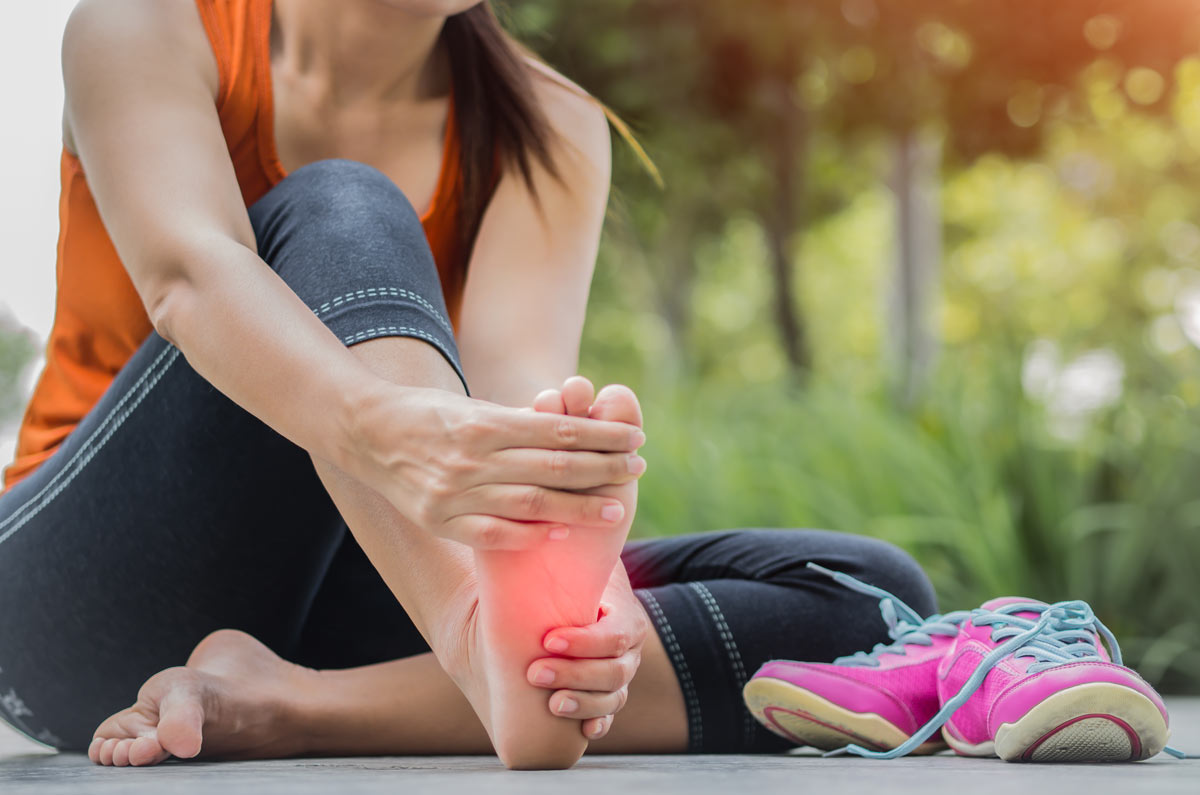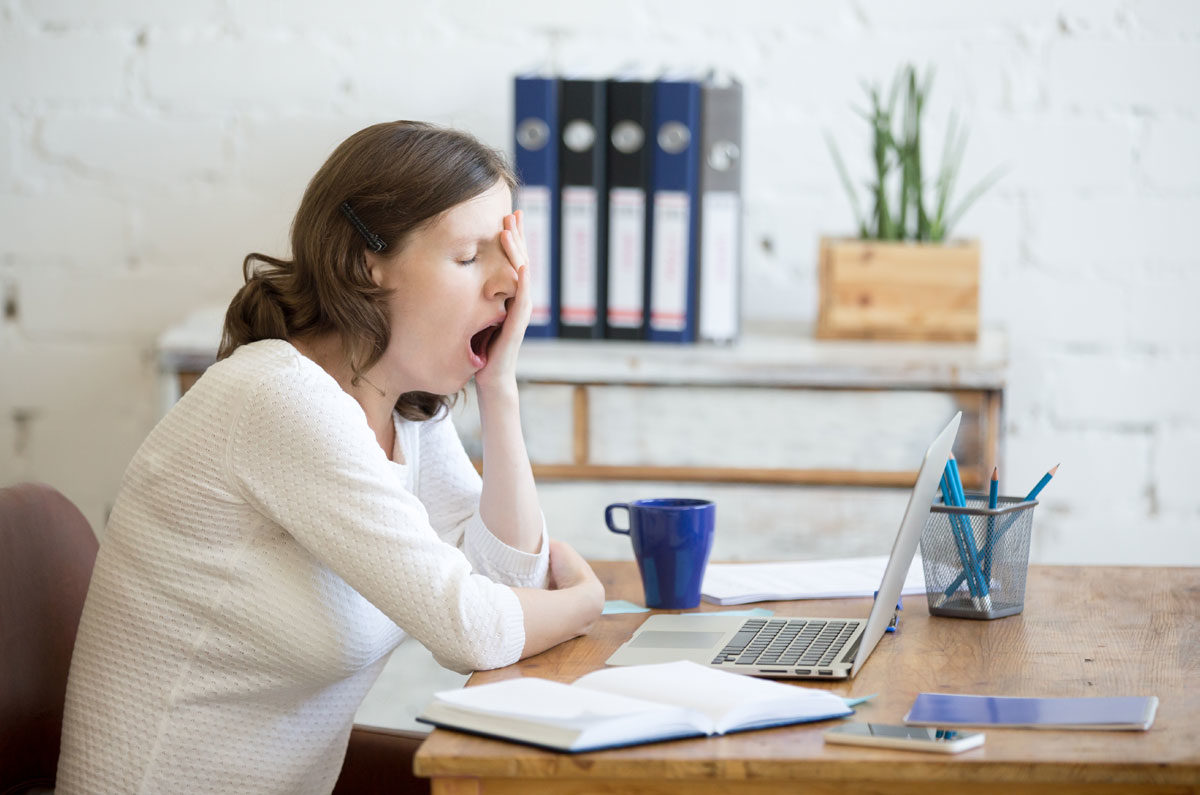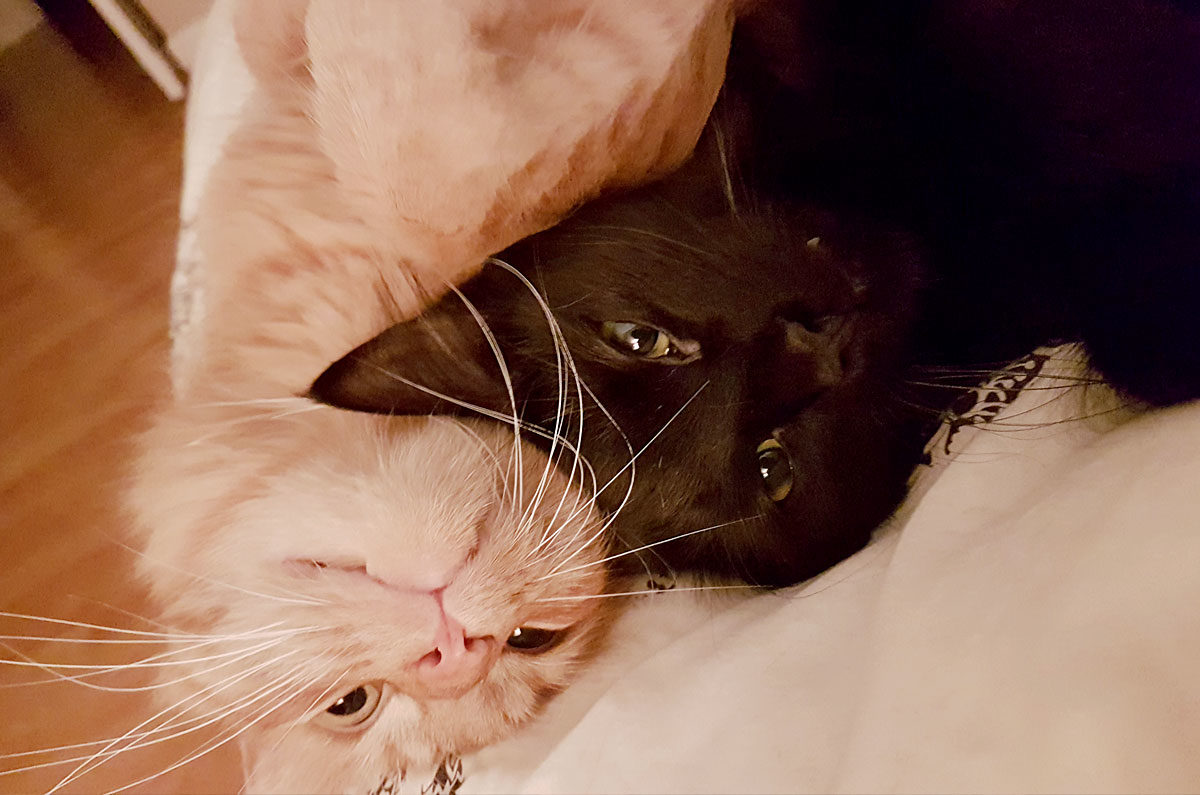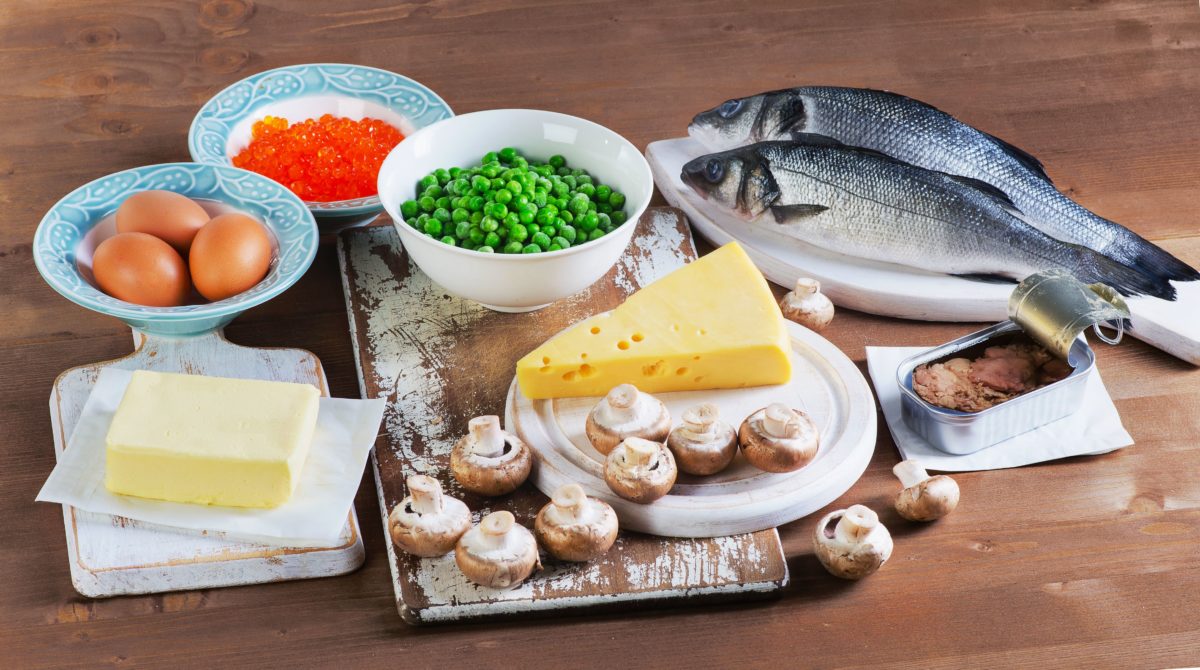Trying to eat well can seem daunting. Every day it seems a new diet hits the media, endorsed by a celebrity or twelve. And eating healthfully sounds expensive and like too much hard work.
So what can you do to make sense of it all, eat well, and stay on budget?
When it comes to working out what’s best for you and your family, it makes sense to go back to basics.
- Plan your meals/snacks and write a list of the ingredients you need before you hit the shops. This is a must, because it’s easy to forget things, buy the wrong quantities or buy items you don’t need in the heat of the moment (hello Tim Tams 🙂 ).
- Go generic. Check out the generic, home brand and no-name versions of your staples, such as flour, tinned tomatoes, legumes, oats. They’re generally cheaper and are often the exact same product as the name brand, just with less fancy packaging.
- Read the nutrition panel on your foods. It’s a good habit to get into so that you can track the amount of energy (kilojoules), fat, salt, sugar etc in your foods. It’s also useful when you’re comparing different brands of the same product.
- Swap a meat dish or two for a vegetarian meal. Research has found that a vegetarian diet costs less than a diet that includes meat. You don’t have to go all out vego, but simply swap a few of your meat dishes for plant-based meals. They’re tasty, healthy and cheap. Just make sure you do your research and use healthy recipes. You can find a lot of yummy recipes online.
- Reduce your kitchen waste. Shopping with a list will help here, and also only buying what you need. Take note of the foods that you often throw out because you didn’t use them before they became an unidentifiable furry blob in your fridge. Avoid buying that item, or buy less of it when you shop. Or look for ways to use food that’s becoming slightly less than fresh, but is still good. Soups are a great way to use the last of the vegies in your fridge crisper. Also check out the Foodwise website. It has lots of tips to help you reduce waste, as well as recipes, meal plans, info on what’s in season and loads more.
- Buy fresh fruit and vegetables that are local and in season. It’s cheaper, fresher, yummier and supports our local farmers. The Foodwise website can help you find what’s in season. They even have a seasonal meal planner. Very handy!
- Grow your own. If you enjoy gardening, why not try growing some of your own produce? Whether it’s small scale with a few pots of herbs on your balcony or larger scale vegie patch and fruit trees in your backyard, you can experience the pleasure, and reap the rewards of growing some of your own foods.
- Frozen and canned vegetables can often be used in place of fresh vegies. They’re still healthy and they’re often cheaper. They’ll also keep longer.
- Read the unit price when comparing products. This will enable you to see the difference in price regardless of brand or quantity, and you can work out which provides the best value for money. Unit pricing works by using a standard measurement across all products of the same type. So for example, if you compared orange juice X with orange juice Y, orange juice X costs $5.25 for a 2 litre bottle, so its unit price is $2.63 per litre; orange juice Y costs $5.74 for a 1.5 litre bottle, so its unit price is $3.83 per litre. So orange juice X is cheaper per litre. Luckily, you don’t have to tie yourself up in knots doing this math when you’re shopping – the unit price is provided on the shelf label and online. Thank goodness! Shopping is hard enough!
- Shop around. Just because you’ve always shopped at [insert shop of choice here] doesn’t mean you always have to shop there. Keep an eye on catalogues, visit the local farmers markets, join online groups with other savvy shoppers so you’re always in the know about who’s providing the best value for money for your groceries.
- For items that last, and that you use regularly, buy in bulk. This includes things like rice, dried/canned legumes and pasta.
- Finally, don’t shop when you’re hungry. It’s a really easy way to suddenly find lots of yummy, and unhealthy things in your basket, that weren’t on your shopping list. It’ll blow your budget and your plans for healthy eating right out of the water. So shop after you’ve eaten, or munch on an apple or banana or handful of nuts before you even consider walking into the bright lights and air-conditioned aisles of your local shopping centre. Your budget will thank you for it.
More to explore
- Check out our recipes page
- Dietitians Association of Australia https://daa.asn.au/smart-eating-for-you
- Foodwise http://www.foodwise.com.au


















